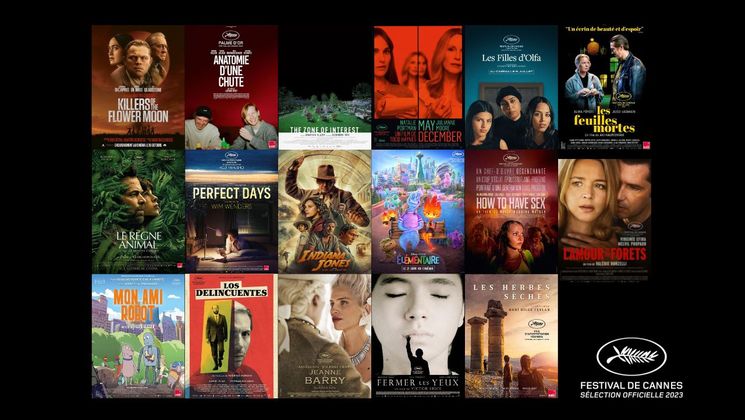
1968: the liberation of Cuba as seen through the Lucía Triptych

One name – three different women... Lucía was the first feature film by Cuban genius Humberto Solás. The film is divided into three distinct parts, each with its own aim and backdrop, charting the history of three Cuban women, and in fact of all Cubans, at key moments in the country's liberation.
A Lucía for each era. Each character captures a different era in Cuban history and a different social class. The first, played by Raquel Revueta, lives in the throes of the independence war with Spain in 1895. Then comes Eslinda Núñez as Lucía in the 1930s, active in the struggle against the dictator Machado, and finally Adela Legrá, at the start of the Cuban Revolution.
A crowning film. Lucía was the film that ensured Humberto Solás's place in cinema history. Critics saw inspirations in it from Visconti to Kurosawa, and acclaimed the film's fiery spirit, intelligent grammar and precise realism. The director was hailed for his daring filmmaking with this celebration of the liberation of a people and denunciation of an uncompromisingly macho society.
Humberto Solás raised the game of Cuban cinema. He was just 18 when he made his first short film. With Lucía, he embarked on a motion picture novel dedicated to uban history, often seen through female eyes, which reached its apogee in Cecilia (presented in Competition at Cannes in 1982). Before his death in 2008, Humberto Solás created the curious Poor Film Festival, dedicated to low-budget and alternative films, in the unknown village of Gibara.


